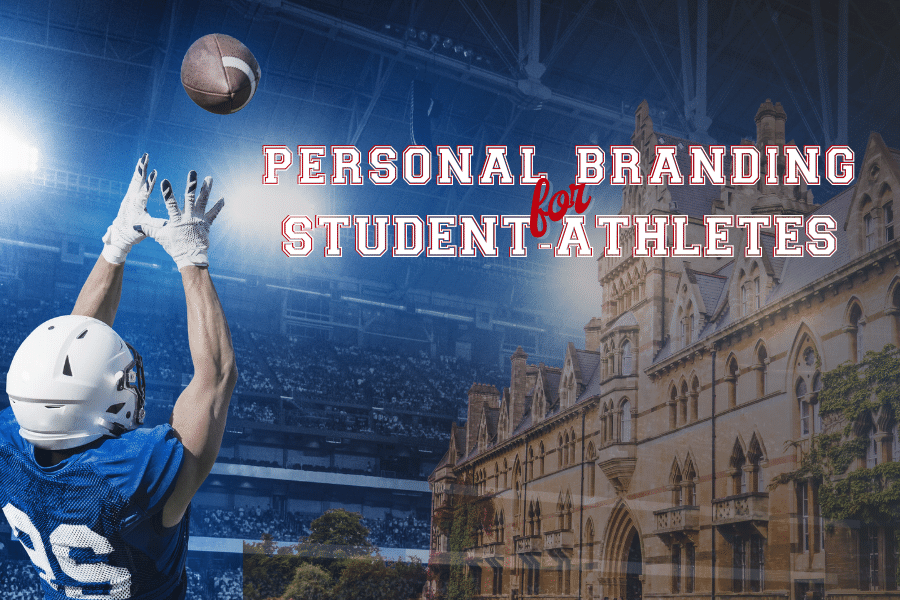The college student-athlete recruiting process is daunting. The change in NCAA rules in 2019 prohibiting prospective recruits from speaking to coaches before specific dates to allow for fairer competition among schools complicated the process even further. Create a college sports recruiting timeline
All prospective student-athletes need to stay on top of the recruiting information and have a trusted resource like Scout Logix, where they can get information, understand the process, and ask for help when needed.
The most important date to remember when creating your recruitment timeline is when you can begin communicating with coaches and schools where you want to play. For most sports, the date is June 15th, after your sophomore year of high school.
For baseball, softball, men’s and women’s basketball, men’s and women’s lacrosse, and football, the date for communication opens on September 1st of junior year. Before and after the communication date opens, ensure you have a way for coaches to find your complete student-athlete profile, resume, website, or social media.
When Should You Start?
Many student-athletes begin the college recruitment process immediately after starting high school. While the NCAA has rules on the start of formal recruitment, you can take steps earlier to begin the process and be prepared on day one of the recruitment period.
Here are some steps you can take in each grade to get recruited by top programs:
- 9th grade: Use this time to research schools and learn more about the process.
- 10th grade: Start finalizing the information to present to coaches and prepare communication to share with coaches after June 15th.
- 11th grade: This is prime time for communicating with coaches, making unofficial campus visits, and narrowing down the list of possible schools.
- 12th grade: It is not too late, but some opportunities are gone. You still have time to reach out to coaches, but you need to work fast and have the information complete and ready to share.
Before June 15th of Your Sophomore Year:
As rules state that no official contact can occur, use this time to research, prepare, and decide on a list of schools you’d like to contact when the recruitment window opens.
It’s good to list at least five programs you are interested in: one dream school, one reach school, two probably schools, and one safety school. When the recruitment period begins, you should:
- Research schools and programs – consult your coaches, trainers, and parents to help discover the best fit for you as an athlete and a student.
- Attend prospect camps or clinics at some of your top choice schools to get noticed by coaches. Look for showcases and tournaments where your schools of interest have coaches in attendance.
- Create your website. Since you cannot communicate with coaches until after June 15th, following your sophomore year, put all your recruiting information together, so they can easily find out more about you after they notice you at one of the camps or tournaments you attended.
- Remember to keep up with your academics and continue honing your athletic skills.
After June 15th, Following Your Sophomore Year:
Recruitment steps into high gear. Follow these steps to become active in the NCAA or NAIA recruitment process.
- Contact coaches, update them on your recent activities, share an interest in their program, ask questions about their program, and share your website.
- Schedule unofficial visits to schools that are the best fit for you. Plan to meet with admissions, tour the campus, and schedule coach visits. Make sure you are prepared with questions and topics to discuss.
- Register for NCAA or NAIA Eligibility Center
- Keep your personal website updated with new information.
- Follow up with coaches.
- Take the ACT or SAT and begin the college application process.
- Continue to improve yourself as an athlete and a student.
Junior and Senior Year
While some sports, particularly women’s sports, might have their full roster already recruited by the fall of a prospective class’s junior year, starting the process during junior or even senior year is not impossible. Don’t become discouraged if you are a late bloomer or started the sport late.
Starting later will require condensing all the steps into a fast-as-possible process and require targeting programs that haven’t filled up yet.
If you are behind in the recruitment process, it is all the more critical to use a service like Scout Logix to help you organize your applications and present you or your student-athlete to programs in the most eye-catching way. This approach can help you make up for lost time and secure one of the dwindling numbers of spots on the team.
Play for Your Dream School
Scout Logix can assist you in creating a website with a complete student-athlete profile, giving coaches the information they need to know your student, their skills, and stats long before communication begins. We keep the website updated as the process continues. The Scout Logix website also transitions seamlessly for use in the NCAA.
Contact us today to learn more about how we can help you or your student-athlete get recruited by their dream program.




